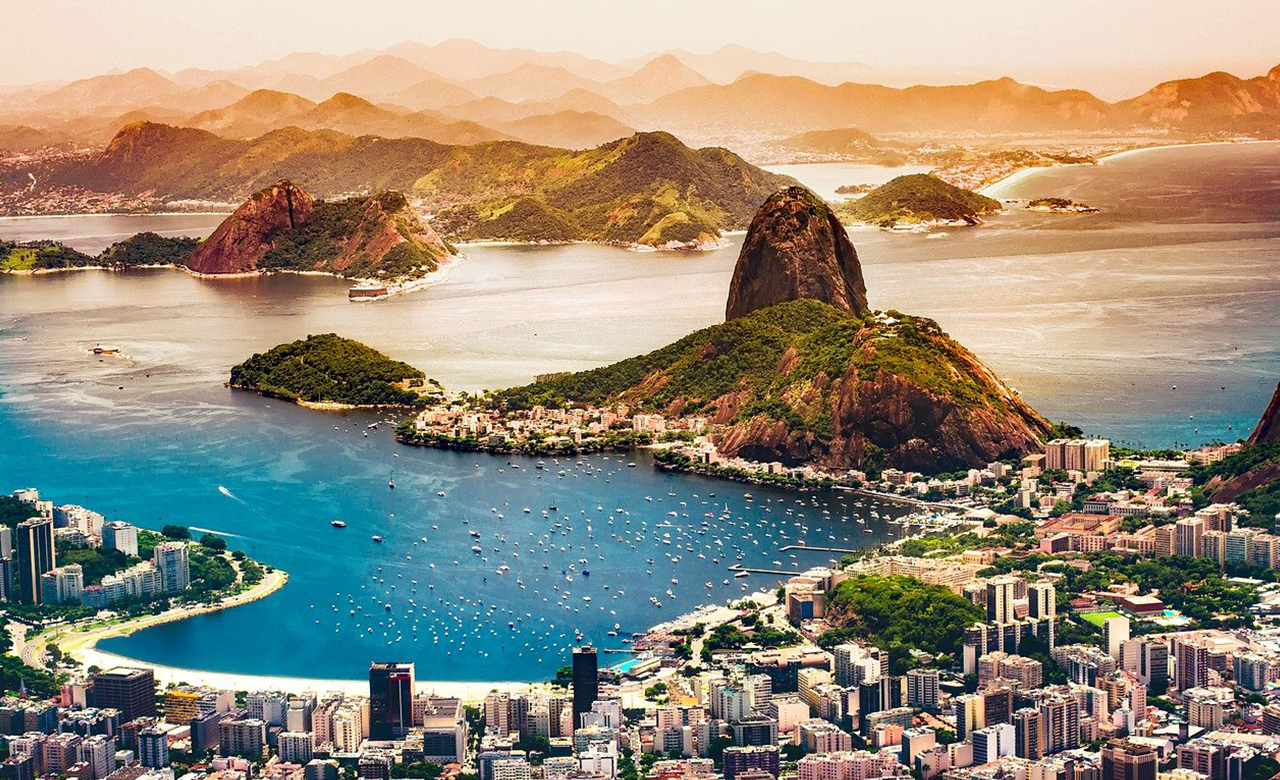We can find a diverse and ethnic mix in the Brazilian culture. The cultures of the Africans, Portuguese, and indigenous Indians have strongly formed the Brazilian way of life to the degree that these influences still exist today.
The Portuguese culture is the most dominant among these influences as Brazilians acquired their customs, religion, and language. On the other hand, the Indian population, which is now statistically small, has also contributed to language and culture, and it is mostly found in the Amazon basin. Meanwhile, African influences, such as traditional foods, music and dance, and religions, can be found in Northeast Brazil and Rio de Janeiro.
Below are important facts about Brazilian culture you may not have known:
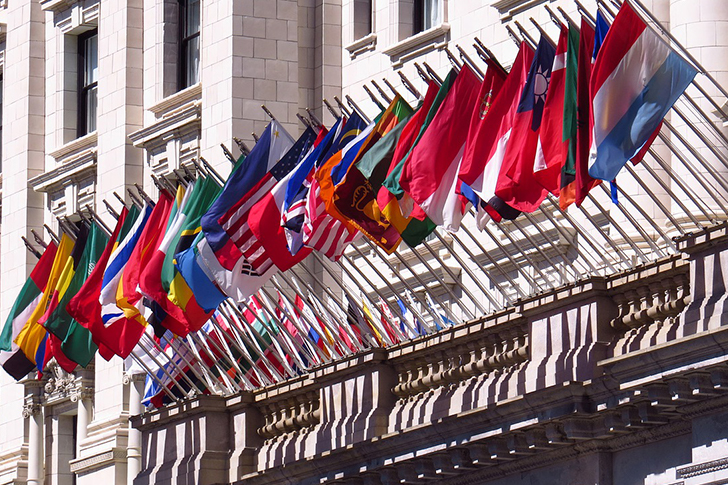 1. The Multiethnic And Multicultural Society
1. The Multiethnic And Multicultural Society
Aside from Africans, Portuguese, and Indians, the Brazilian culture has also been shaped by the settlement of Levantine Arabs, Nipponese, Germans, Spaniards, Helvetians, and Ukrainians. Since Portugal has colonized Brazil for three centuries, the latter country’s core of culture is predominantly affected by the Portuguese. Some of the country’s cultures are reflected in the language, religion, and colonial architectural buildings.
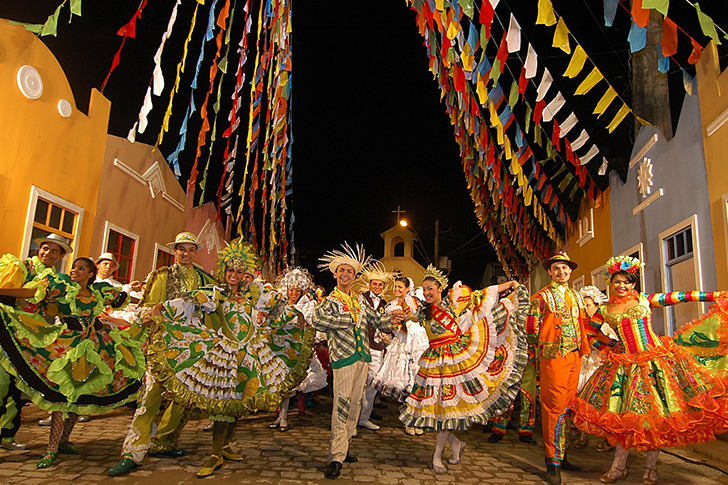 2. Brazilian Carnival
2. Brazilian Carnival
The pre-Lenten Brazilian Carnival is credited as the country’s most popular and exuberant Brazilian holiday. The event is the traditional mix of a Christian festival with the celebrations of those with African ancestry. It began mainly in urban coastal areas, specifically in the former plantation zones between Recife and Rio de Janeiro.
Millions of Brazilians from the middle and working classes find a social outlet during holiday preparations, even spending their free time preparing for the Carnival’s annual competitions and activities in many samba schools (Escolas de samba), which functions as neighborhood centers and community clubs. Both adults and children’s groups make up the several thousand musicians and dancers of each samba school, and many more others are using their investment money to making elaborate costumes and constructing floats. Some Brazilians celebrate the national holiday in nightclubs, where elaborate look-alike contests and dancing have grown in popularity. In Rio de Janeiro and the Southeast region, you can expect to listen to samba-enredo marchinha, two of the country’s popular music. Families and individuals can enjoy this holiday for 46 days.
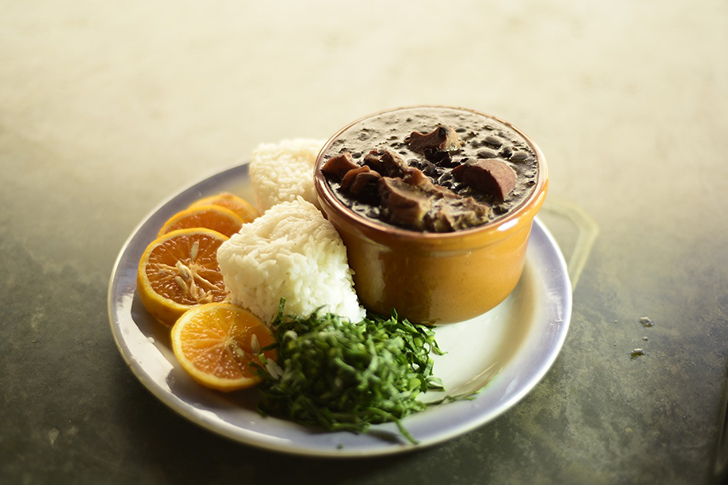 3. The national dish in Brazil
3. The national dish in Brazil
Feijoada is Brazil’s national dish, which consists of ingredients like pork, rice, vegetables, and black beans. Another dominant food in the country is Italian cuisine, which is represented in São Paulo, while Portuguese restaurants sprawl throughout Rio de Janeiro. Steak houses (churrascarias) are also found throughout the country. Whether you’re planning on a trip to Brazil or hire a moving company to migrate to the country, make sure to try out their special dishes.
 4. The native liquor
4. The native liquor
Yes, Brazil has its own native liquor called Cachaça, which is created from sugar cane.
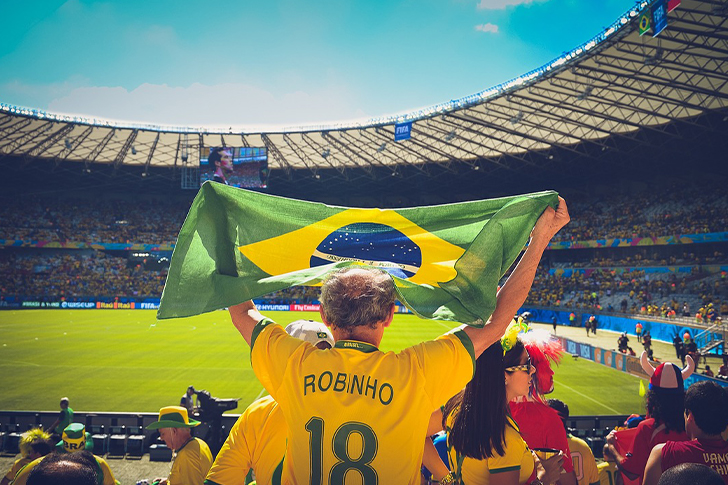 5. Sports and recreation
5. Sports and recreation
Brazilians are undoubtedly highly enthusiastic fans. As for the nation’s most popular sport, it’s football. Football is played everywhere by amateurs and professional both young and old. International matches in the cities draw large crowds, notably to Maracanã stadium, which has a seating capacity of 155,000.
Brazilian teams are among the top contenders for the international football competition, the World Cup. Many Brazilian players, such as world-renowned Pelé and the flooring strikers Rivaldo and Ronaldo, have led top football teams throughout Latin America and Europe. Women’s groups have also gathered increasing interest in sports. Additionally, the country’s success in volleyball has made it the second most popular sport in Brazil.
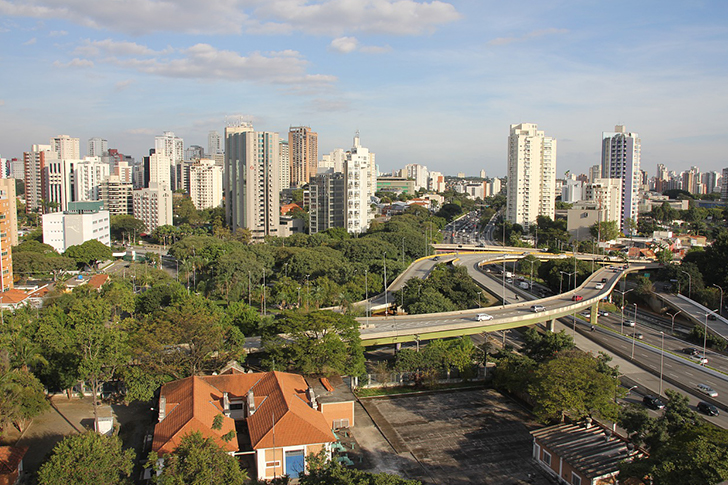 6. Daily life
6. Daily life
The rapid urbanization of Brazil following World War II significantly altered the lifestyle of most of the country’s inhabitants. Brazilian cities’ large volume of pedestrian traffic and a greater degree of crowding may compare closely to the cities of China. Brazilians’ family ties, both extended and immediate, generally remain stronger than compared to that of North America and western Europe. Family members live in relatively close proximity to one another, holding frequent gatherings at a family dwelling, ranch, or farm on weekends and holidays.

